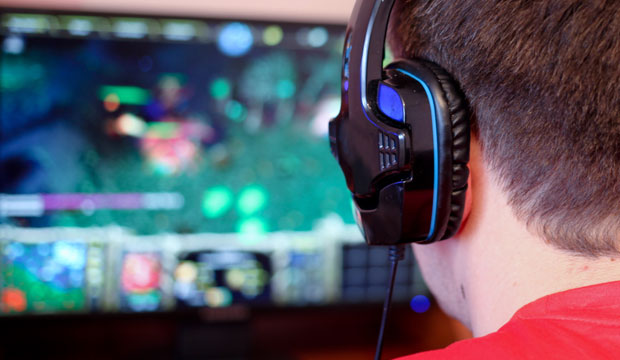President Donald Trump on Thursday met behind closed doors with several top video game industry executives, association representatives, politicians and others to discuss video game violence in the aftermath of the fatal shooting of 17 students and teachers at Marjory Stoneman Douglas High School in Parkland, Florida, last month. A 19-year-old former student there, who legally bought an AR-15 assault style rifle, has been charged with the murders.
Among the scheduled attendees were Strauss Zelnick, CEO of TakeTwo Interactive Software, and Robert Altman, CEO of Zenimax Media, where Trump's younger brother Robert sits on the board. Michael Gallagher, head of the Entertainment Software Association, also was scheduled to attend.
The White House did not indicate any specific actions it would take following the meeting.
First Amendment Protection
The
Entertainment Software Association expressed appreciation of President Trump's receptive and comprehensive approach to the subject.
"We discussed the numerous scientific studies establishing that there is no connection between video games and violence," the association said in a statement provided to TechNewsWorld by spokesperson Carol Rogalski after the meeting.
Also discussed were "First Amendment protection of video games and how our industry's ratings system effectively helps parents makes informed entertainment choices," the ESA said.
Movies and TV Too
The entertainment industry has continued to push violent content and has not been willing to confront the impact it has on children, according to Melissa Henson, program director of the
Parents Television Council, who participated in the White House meeting.
"The video game representatives pulled out their same old talking points that have long been refuted," she said in the statement issued after the meeting. "During the meeting I was able to interject and say just how untrue their excuses are."
This was the first time the Parents Television Council was invited to participate in a White House meeting on this issue, Henson told TechNewsWorld, adding that she hoped the discussion would expand the debate to include the impact of violence in all forms of entertainment -- not only video games, but also movies and television.
"I was left with the impression that this is not the end of the conversation," she said.
The solution to the school violence problem needs to be an "all-encompassing approach," and discussion should not focus exclusively on video games and guns, said Rep. Vicky Hartzler, R-Mo., who attended the meeting, in a statement released afterward.
Passing the Buck
The White House summit was little more than an effort to sidetrack a true policy discussion on access to guns in the United States, critics argued.
There is no causal link between video games and gun violence, Jen McLean, executive director of the
International Game Developers Association, told TechNewsWorld.
Evidence in support of that conclusion was presented to the Supreme Court in
Brown v. the Entertainment Merchants Association, she noted, which struck down a California ban on violent video games without parental supervision.
"This is often a distraction technique that the NRA employs to avoid the hard conversation that we as a country need to have about gun control," McLean said.
People in many other countries play the same video games and watch the same movies as in the U.S., but they don't have anywhere near the level of mass shootings, she pointed out.
Further, today's video game players are not the stereotypical teenage boy living in his parent's basement, McLean noted. Many women and older adults are avid gamers.
Same Questions, Same Reality
The White House summit was an attempt to lay the blame for gun violence on the gaming industry rather than on lax regulations that allow access to assault rifles, said Lewis Ward, research director of gaming and VR/AR at
IDC.
The ESA is correct on the science in his view.
"The connection between playing video games, and even shooters, and being more likely to shoot people in real life is extremely weak," Ward told TechNewsWorld.
"At the end of the day, I very much doubt that we'll see publishers like ZeniMax or Take Two or Activision voluntarily ratchet back the games they make that use guns and turn to making hidden object puzzle games because the president wagged a finger at them," he said.
Past attempts to link video games and violence have failed, because the arguments have been baseless or inconclusive, noted Charles King, principal analyst at
Pund-IT.
The White House meeting on Thursday isn't likely to change that, he told TechNewsWorld. "It's a bit like asking the same discredited questions over and over again in the belief that if you do so often enough, that reality will finally come around your way."


